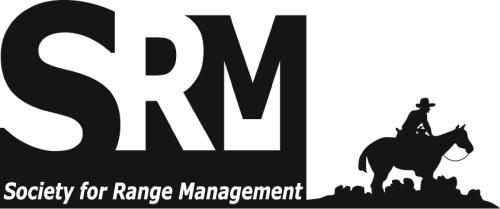Partial reduction of competition from surrounding vegetation more than doubled the total herbage and tripled the number of flower stalks produced the following year by bluebunch wheatgrass (Agropyron spicatum). Elimination of competition resulted in a sixfold increase in herbage production and a tenfold increase in number of flower stalks. The relative depressant effects of clipping were significantly reduced by concurrent reductions in competition. The beneficial effects of partial reduction of competition offset the adverse effects of heavy clipping, and elimination of competition more than offset the effects of extreme clipping. Number of flower stalks is a more sensitive indicator of vigor than total herbage production. Average flower stalk and foliage culm lengths are not useful indicators of vigor. This material was digitized as part of a cooperative project between the Society for Range Management and the University of Arizona Libraries. The Journal of Range Management archives are made available by the Society for Range Management and the University of Arizona Libraries. Contact lbry-journals@email.arizona.edu for further information. Migrated from OJS platform August 2020

Scholarly peer-reviewed articles published by the Society for Range Management. Access articles on a rolling-window basis from vol. 1, 1948 up to 5 years from the current year. Formerly Journal of Range Management (JRM). More recent content is available by subscription from SRM.